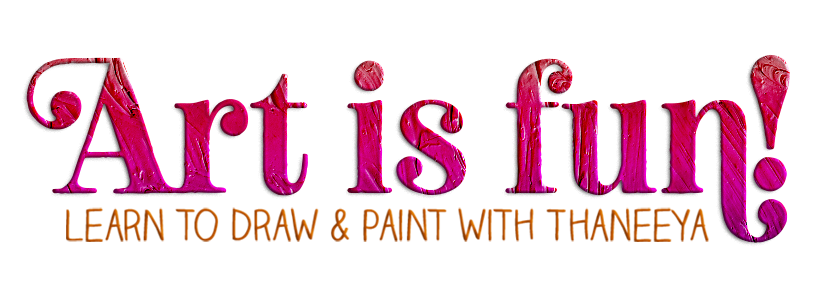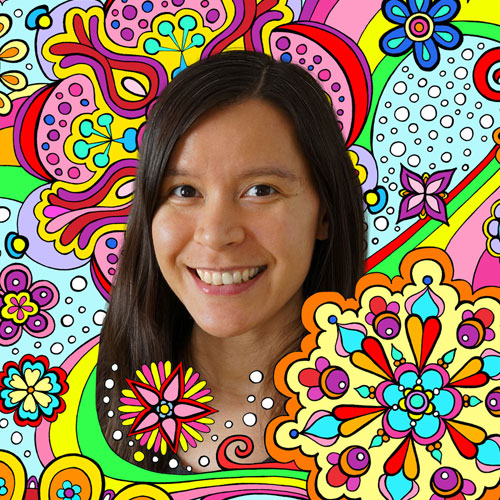Photorealist Art of Thaneeya McArdle
I've somehow always gravitated towards photorealist art and realist art. Replicating reality has long been a point of interest - even photographic reality, which captures a brief, fleeting moment of time, frozen it in all its temporal glory.
Perhaps the beauty of photorealism is the intricacy with which it records such intense detail. Photographs, and thus Photorealism, portray a view of the world in a way in which even our memories cannot match. Aside from the handful of savants in the world, our memories cannot remember the specific placement of every shadow, the correct size of every glint of light, the exact proportions of every complex piece of architecture or antique chandelier.
Photographs, however, capture each moment in its visual exactitude - albeit from one fixed point of view. Photorealist artists take these moments and memorialize them through effort and attention to create a work of art that both encapsulates and transcends the boundaries of time.
If anything, Photorealism glorifies the present, reveling in the beauty of crystal clear awareness. But it's point of view is always inherently limited, as a photograph can only be taken from one fixed perspective. We can stitch together a landscape composite in Photoshop, or we can create a David Hockney photocollage, but the resulting image will always be rooted in a perspective that was momentary, fleeting, and exists no more. We can look at the objects and scenery in Photorealist paintings, but we can't move in or around them. We are always the viewer, confined to the role of observance. So perhaps in a contradictory way, Photorealist art also becomes a glorification of the past, because it presents an image that once existed in reality and will never exist in that specific way ever again.
If you've seen my abstract art, then you know I have a proclivity towards bright, bold, vivid color and fun forms and shapes. When working in Photorealism, these tendencies translate into fun paintings with a focus on joy-inducing objects: candy, toys, sweets. I delight in the delectable. Because the spirit of these photorealistic paintings so closely relate to the energy of my abstracts, they are easily intertwined. The perfect example is this photorealistic painting of a Pink Cupcake, combined with my abstract painting, Fulgent Life:
Prior to favoring the whimsical replications of cupcakes, toys and candy, one of my previous motifs in Photorealist painting was money. I enjoyed the challenge of painting bills because of the minute levels of intricate detail involved in making the dollar bills look realistic.
This interest is deeply rooted in the trompe l'oeil tradition of painting. Trompe l'oeil is a French phrase that means "fool the eye". It refers to artwork that is painted so realistically that it fools people into thinking that the objects in the painting are actually there. This style of art harkens back to the ancient Greeks, popping up now and then throughout history, and experiencing a resurgence during the late 1800s. You can see an example of one of my trompe l'oeil paintings on the right. Currency is a favorite subject matter for trompe l'oeil artists, because it is so easily recognizable. Because bills are essentially flat objects, it's relatively "easy" to create the illusion of a real bill on a canvas (as opposed to, for example, creating the illusion that a decorative vase is actually resting upon a table - inside a picture frame, no less!). The challenge for trompe l'oeil paintings is trying to make the objects in the painting look real enough to mistake it for the real thing.
These few paragraphs describe a few of the philosophical and aesthetic processes running through my mind as I create or view Photorealist paintings. You can visit my website to see more of my photorealist art!
This page concludes my free 15-page guide on How to Paint Photorealism: A Step-by-Step Guide on How to Paint Your Own Photorealistic Paintings. If you haven't read it yet, but want to create your own photorealistic paintings in acrylics, give it a read. It's full of information and knowledge that will help you out!
read more...
This is Page 15 of a 15-page guide explaining how to paint photorealistically. Return to the beginning of How to Paint Photorealism: A Step-by-Step Guide on How to Paint Your Own Photorealistic Paintings.
Read a current and historical overview of Photorealistic painting techniques and methods. It is beneficial to familarize yourself with this information before you embark on your own journey to create photorealistic paintings.
Familiarize yourself with the Photorealist art movement by reading my overview of Photorealism.










